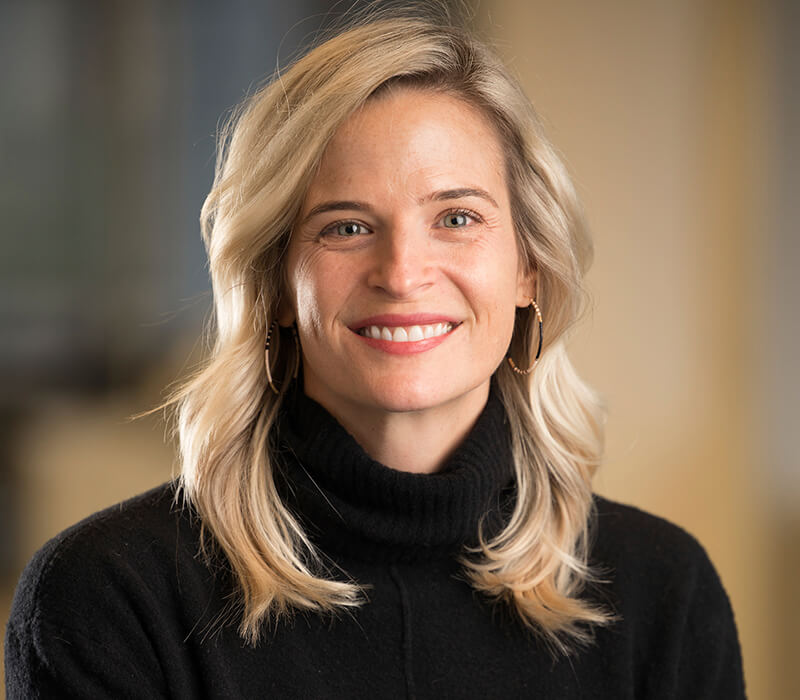Historically, CRTKL has a strong profile of architects, designers and urban planners committed to improving the social, economic and environmental quality of the communities we build in. Since 1946, when Archibald Rogers and Francis Taliaferro founded the firm in Rogers’ grandmother’s basement in Annapolis, we’ve been committed to helping rejuvenate cities worldwide.
Strong urban planning principles, no matter the project type or location, are inextricably embedded in our DNA. Today, 75 years later, the question is how do we measure the impact of these principles and learn from them? How might we measure success beyond building performance?
When we go through this visioning process with partners and clients, we often hear words such as “iconic” and “timeless” and “future-proof” and, mostly, limited to the physical design. But, when you reflect on any timeless or iconic project globally, it’s successful because of the design and operations and thriving because of its impact on its surrounding community. We, and our clients, inherently believe that good design positively impacts the place’s users and the larger neighborhood, but last year, we decided to legitimize and quantify this essential factor.
The building doesn’t exist in a vacuum.
In 2020, we launched the CRTKL Impact Study: an ongoing effort to assess the economic, social and environmental impact of CRTKL-designed projects in North America. We formed a task force of team members from different disciplines; identified key projects from diverse practice areas; agreed on criteria, methodology, timeframe, and catchment areas; then measured the criteria change over time.
We asked ourselves questions, such as:
- How did the population in the surrounding area change since the project opened? Is it more diverse? Is it more educated?
- How did this project impact economic growth? Did household income increase? Did property values increase?
- Did this project impact the mobility of the neighborhood? Are more people walking and riding their bikes? Did the project increase use of public transit?
- How did this project impact the well-being of the community? Are there lower rates of chronic diseases? Has the life expectancy increased?
- Is the community more social, happy and thriving? Were community organizations establish since the project opened?
The study isn’t a perfect science, but the answers to these questions drove us towards a better understanding of how our projects contribute to the surrounding neighborhood and greater community’s success. Even the most minor project we studied, Saint Agnes Medical Group: Catonsville, proved that, by adding a health clinic to a former healthcare desert, we can shift the wellness of an entire community. And our more extensive projects, such as L.A. LIVE and State-Thomas TIF District, correlated to significant shifts in demographics, economic growth and mobility. It proved that our projects have a ripple effect beyond the master plan.
We want to look beyond what is beautiful. We want to do and be more.
These findings help us hold ourselves accountable for community impact. Every place, space, building, park, and home we design can – and must – contribute to the community’s greater good.
We are working with our clients to ensure our design goals and processes focus on building performance and community performance. We’re committing to community impact goals at the beginning of every project and measuring, reporting, and sharing them, ultimately making our world a more healthy, equitable, and better place.
Interested in learning more?
- David Goodman’s paper focusing on how architectural research can benefit from quantitative research methods commonly used in the social sciences. He studies the relationship of health, well-being, ethnic diversity, and investment in the built environment and illustrates their possible application to the study of the built environment.
- IDEO’s blog and podcast around designing for social impact. It gives strategies and tips on applying advanced design thinking principles to manage multiple stakeholders and solve complex issues.
- The Design for Equitable Communities AIAU course introduces this principle of the AIA Framework for Design Excellence. It includes planners’ and architects’ perspectives on creating more equitable places through design processes and strategies.
- The study and whitepaper from the ULI Advisory Panels Impact Assessment focusing on the impact of retail.
- AIA Blueprint for Better is a resource designed to help architects engage with their communities that communicates the importance of architecture to a diverse public audience.
- The EDR Community Engagement Toolkitdescribes a framework for community engagement that can provide tangible results in an expected timeline, accounting for a process of public participation throughout the phases of design.
 Sarah Wicker
Sarah Wicker